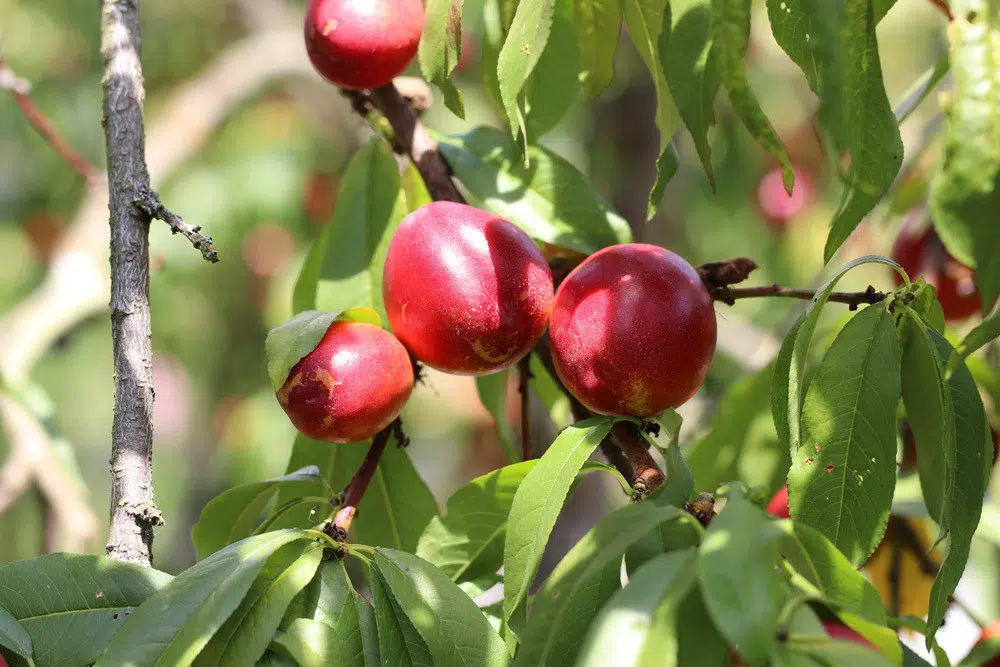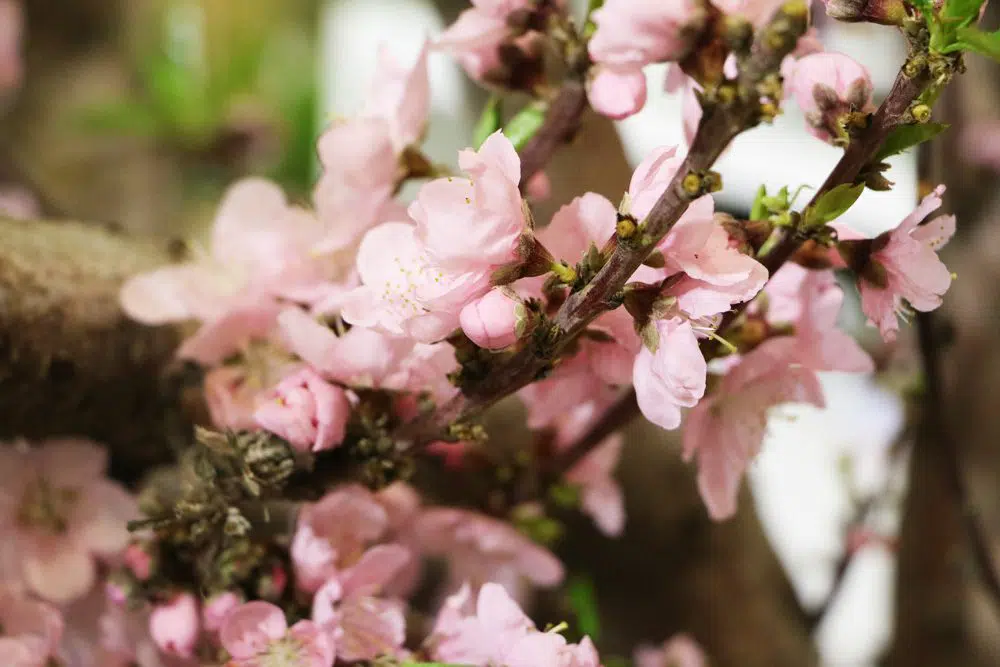A nectarine tree is a popular Mediterranean plant in the local latitudes on the balcony, terrace or even in the garden not only because of its decorative flowers. It also offers delicious fruits that can be harvested. Due to the prevailing climate and weather conditions, the harvest time here is different from what is known from commercially available fruits. The following article gives all the information on the best time to harvest, so that your own fruit will taste as good again.
Harvest nectarines
Flowering time
To harvest nectarines, they need to develop their beautiful flowers in the spring. Thus, the decorative and fragrant flowers usually delight the amateur gardener in the spring of April. Depending on the climate zone and the length of winter in a year, the flowering time here may well shift, which will then also result in a later harvest of the tasty nectarines. In general, it can be assumed that the fruits will be ready for harvesting about three months after flowering.
Care
Of course, proper care is important for the nectarine tree to bloom at all, to later bear ripe fruit. After all, it may well happen that from a flowering fruit, but due to poor care, they do not ripen. Therefore, when caring for a rich harvest, the main thing to pay attention to the following:
- proper, sunny and bright location
- sufficient water and fertilizer
- the right pruning
As a rule, a nectarine tree that is not properly cared for will also not bear fruit for a successful harvest. For example, if there is a lack of water, the fruits hanging on the tree will remain hard and inedible. If there is a lack of light, on the other hand, the fruits will ripen and become soft, but, unfortunately, often remain tasteless.

First harvest
Nectarines can be harvested relatively quickly after the tree is planted. Thus, even young trees bear one or another fruit. In addition, these fruit trees are very fast-growing specimens, so you can expect a plentiful harvest after only a few years after cultivation:
- in the year of cultivation no fruit
- in the second year it depends on the variety
- from the third year every tree blossoms
- fruits can appear sporadically
- with each year more fruits can be expected
- correct care is most important here
Best harvest time
When the nectarines are ripe, you can find out with a simple pressure test. Therefore, this is necessary because the fruits ripen differently in the local latitudes, and a specific date for a harvest here can not be called. This is because the best time to harvest your own nectarines depends on the following factors:
- Duration of the winter
- when the first flowers appeared
- fruits about three months after withering
- amount of sunny days in spring/summer
- sun supports faster ripening
- in rainy summers later harvest
- from July in warm climates
- until September in colder zones
The prevailing climate is important for the ripening of the fruit. Therefore, the time for harvesting can also vary from year to year to over a month. Because in one year the winter is longer, in the other again shorter. However, the flowering time depends on this, and from it again the time when the tasty fruits are formed.
Recognize ripeness
In order to be able to harvest the fruits when they are ripe, a pressure test can be carried out with the hands. But also by the appearance of the fruits can often already be recognized whether they have an appropriate maturity for the harvest. Thus, the ripeness of nectarines can be recognized as follows:
- Color of the fruit
- varies depending on the variety
- already inquire when buying the tree
- fruit yields slightly when pressed
Not all fruits get the necessary ripeness for harvesting at the same time. Here may well be one to two or even more weeks between the first and the last harvest. In addition, it depends on the variety, because in the local latitudes not all nectarine varieties ripen equally well. Therefore, when buying, it is important to inquire carefully.
Harvest when needed
If you don’t want to make jam or juice or process the fruit in any other way, you should always harvest when needed. Ripe nectarines taste best when eaten directly from the tree. Of course, they can also be stored for a few days to a few weeks. However, if there is an opportunity to remove only a few fruits each day when harvesting, this will show in the taste. Most varieties usually ripen over several weeks, so ripe fruit can be picked again daily from the tree directly into the mouth for up to three weeks.


